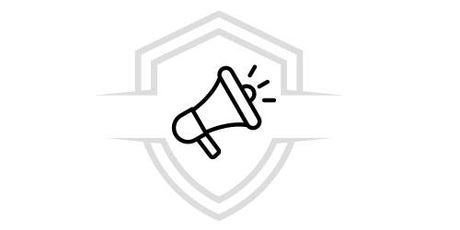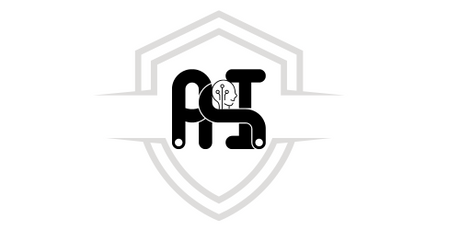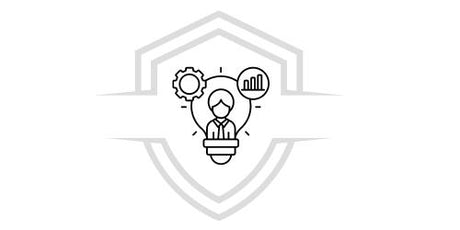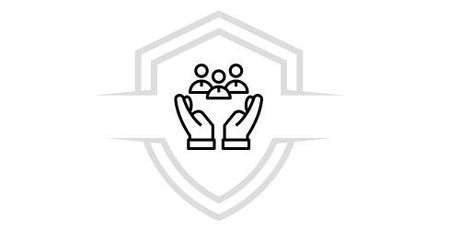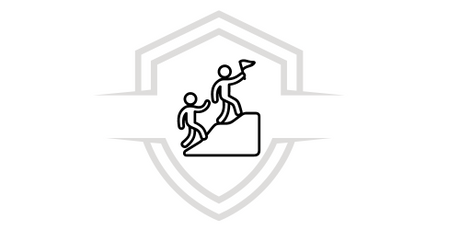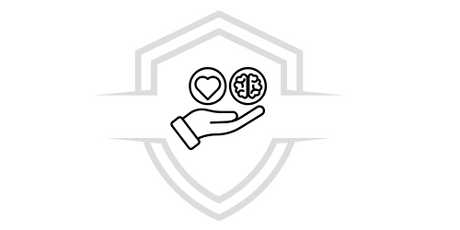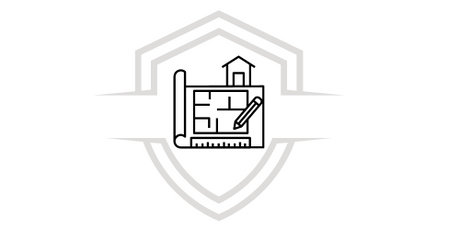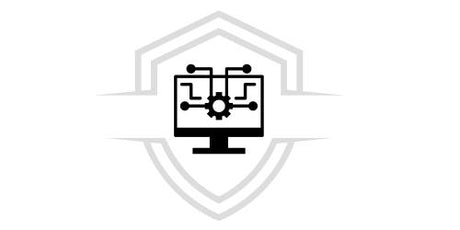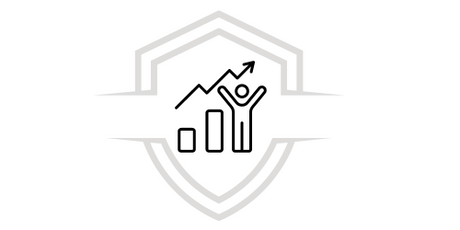Design thinking is a methodology that has become a great tool for companies in recent years, because it focuses on promoting the resource that generates the greatest value for products and services: innovation.
Companies today, whether large or small, are always looking for constant innovation, because in these times of high competition, if you stand out from the rest you will be one step ahead and your users or clients will choose your products or services over others.
What is design thinking methodology?
We will give you a brief introduction, but if you want to know a little more about What is Design Thinking ? you can read our post that talks about this particular topic. Here we will focus on how to apply this methodology in your company.
Design thinking is a methodology that prioritizes analysis and logic as well as intuition for problem solving. This will allow us to build ideas based on functions and emotions.
This tells us that everything revolves around the user experience, and its application generates solutions that allow developers to put themselves in the users' shoes. In this process, the user's reactions and preferences are the first thing to come up with ideas that improve the product.
Now that we are clear about what the design thinking methodology is about, we can begin to explain how to apply it in your company and why it is being used so much by companies around the world.
Why is design thinking being applied in companies?
Below, we will explain the reasons why the design thinking methodology has become a great tool for companies:
✅ Ideas are generated from experience
It is not just about sitting down to generate ideas; it is about using experience, sensations and emotions to think about ideas and research beyond a work desk, in the same place as the consumer or user.
✅The reality of the market is evident
If you put yourself in the consumer's shoes, you will be living the experience and you will be able to understand the needs they face, raising questions and you will be able to agree with the same questions that users have.
✅Demanding and dynamic rhythm
The team will be faced with dynamic deadlines and rhythms to keep up with market demands, which allows it to provide solutions to customers and develop products adapted to demand.
✅ Bet on teamwork
The design thinking methodology brings together professionals from different areas, all together to find a solution, therefore, it promotes teamwork and multidisciplinary work so that everyone is focused on the same objectives and final idea.
✅Putting yourself in the consumer's shoes
The main idea is to listen, observe and learn how people behave with products. There is no other method that allows you to live the consumer experience to generate ideas.
✅Promotes trial and error
Because it focuses on innovation, solutions to consumer problems never stop being tested and tried again to make the products more perfect for users.
What are the most important elements of design thinking?
Design thinking is a tool that promotes empathy with users. In that sense, it can be said that it is divided into several important elements:
1. Failure is an option
Failure helps us gather new and valuable information to improve ideas and solutions for using a particular product or service.
2. Make a prototype
Prototypes are made that do not have to be complex, but can allow you to develop an idea and see how it works.
3. Creativity
Each developer can express their creativity and ideas in the most natural way possible to interpret consumers.
4. Empathy
The ability to understand others is developed, putting ourselves in their place and allowing us to identify the concerns and questions that consumers have.
5. Boosting several ideas
There are no limits, several ideas and an exploratory attitude can coexist.
6. Optimism
Which allows us to try again and again, investigate, analyze and believe that anything can be solved.
7. Insist
Which allows each idea to be validated during the design process.
FREE DOWNLOAD
We make available this FREE guide with which you will master the principles, benefits, process and models of Organizational Development within the labor field.
What you should take into account when putting design thinking into practice in your company
During the design thinking process it is important to keep the following in mind:
1. Empathize
This is the key to the entire process, because understanding the problems and needs that motivate customers to purchase a product or service will allow them to delve deeper, understanding their true motivations and adapting them as their own.
2. Delimit
The dimension of the challenge to be faced must be defined. This is about the magnitude of the effort, the knowledge generated around the product and the new ideas or perspectives.
3. Ideas
This is the process in which all ideas and options are generated.
4. Make a prototype
This will help us to show or transmit the idea, it can be a presentation, drawing, web page, etc. It is a visual way of defining concepts and transmitting a message.
5. Test
At this point, the prototype is tested to validate it, identify faults and make improvements or evaluate possible deficiencies.
Design thinking is a great tool that can help your company empathize with users, find better solutions and strategies to offer a product.
Courses that may interest you
Do you want to acquire more skills that will help you perform better in the area of Human Resources Management? We recommend our courses on Wellbeing and Positive Psychology, Time Management and Productivity , and Effective Communication.




